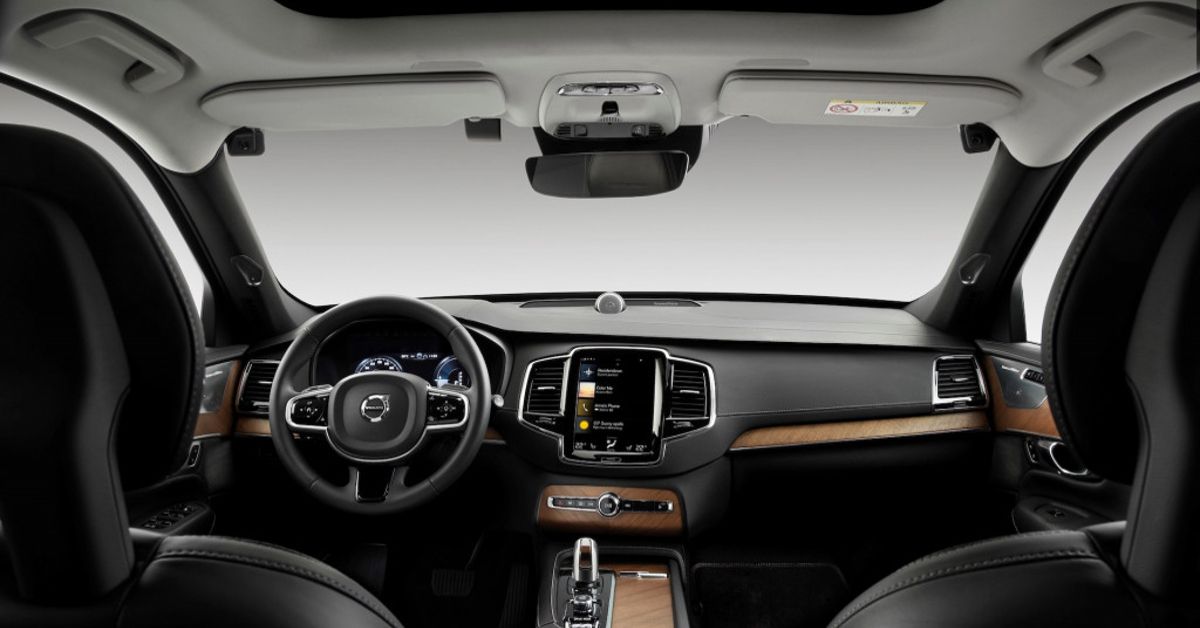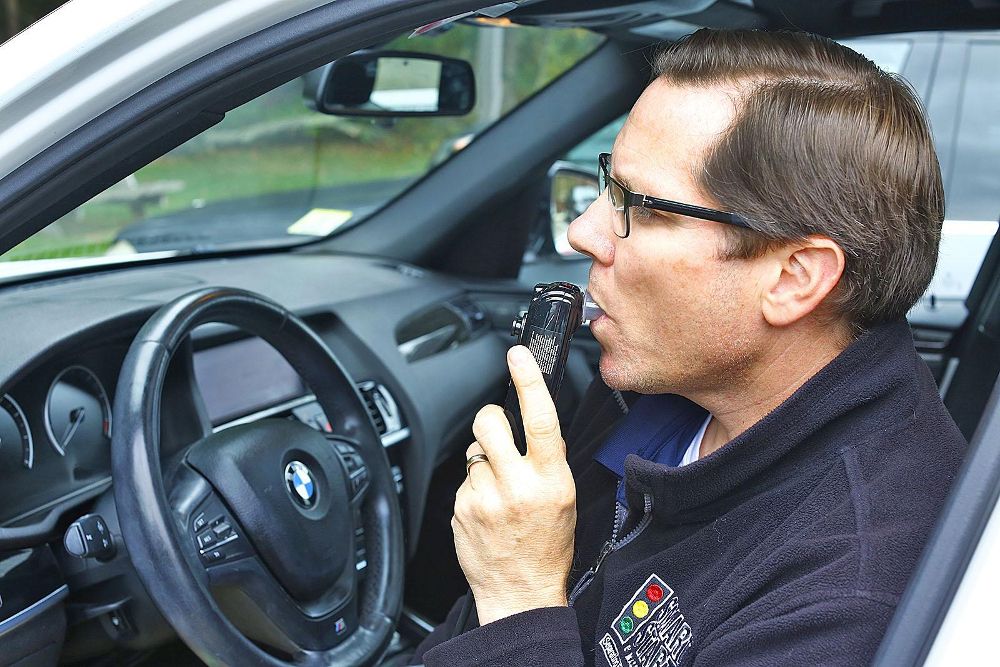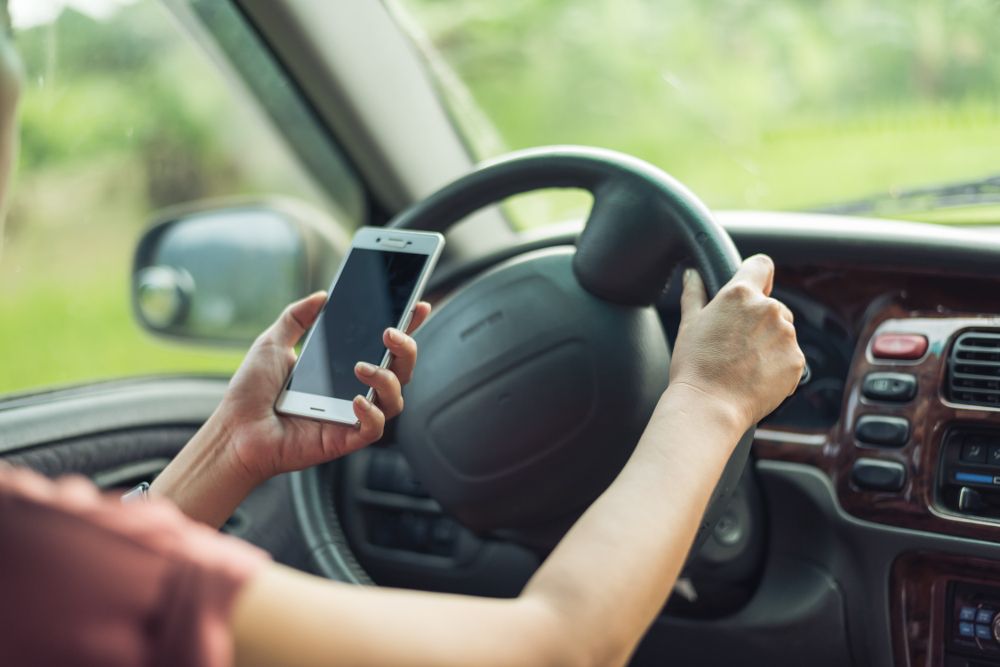In 2016, 10,497 people died in alcohol-impaired driving crashes, accounting for 28% of all traffic-related deaths in the United States. In fact, on average over the 10-year period from 2010-2019, more than 10,000 people died every year in drunk-driving crashes. This means that every day about 28 people are killed in DUI-related accidents — that's one person every 52 minutes.
A person's alcohol level is expressed as the weight of alcohol per volume of blood. This is called Blood Alcohol Concentration, or BAC. At a BAC of .08 grams of alcohol per deciliter (g/dL) of blood, the risk of being involved in a crash increases exponentially.
Approximately one-third of all traffic crash fatalities in the United States involve drunk drivers with a BAC of .08 g/dL or higher. What’s more, even a small amount of alcohol can affect driving ability. In 2019, 1,775 people were killed in alcohol-related crashes where a driver had a BAC of .01 to .07 g/dL.
However, technology that stops drivers from moving a vehicle when impaired could prevent more than a quarter of the country’s fatalities and save more than 9,000 lives a year.
Consequently, the U.S. House of Representatives has called for unprecedented drunk driving prevention technology provisions to be included as part of the INVEST in America Act. More specifically, the HALT (Honoring Abbas Family Legacy to Terminate Drunk Driving) provisions in the Act calls for the National Highway Traffic Safety Administration (NHTSA) to draft technology-neutral regulation that will encourage a variety of drunk driving prevention systems to be fitted to all new cars.
This Latest Anti Drink And Drive Tech Will Prevent DUI
Currently, Ignition Interlock technology exists that, when attached to a breath-testing unit, will prevent the vehicle from starting if the driver is over the legal alcohol limit. The device usually requires subsequent checks at different time intervals to assure the driver remains under the legal limit while driving.
Many jurisdictions have already mandated these systems for people convicted of alcohol-impaired driving. In Oregon, Arizona, Louisiana, and New Mexico, there has been a 30% drop in drunk driving deaths with the implementation of ignition interlocks for convicted drunk drivers.
Even though ignition interlock laws help decrease drunk driving, the laws are not always enforced nor is their use monitored properly by the states.
So, to further strengthen regulators’ efforts to combat DUI the NHTSA has partnered with the Automotive Coalition for Traffic Safety (ACTS), which represents 17 automobile manufacturers, to collaborate on the Driver Alcohol Detection System for Safety (DADSS) program.
The Alcohol Detection System is meant to prevent people from starting their car if they have been drinking. Using 2 methods, the system built into the interior of a vehicle would measure the driver’s alcohol level in fractions of a second.
The first method, currently under development, is a breath-based system that requires the driver to breathe into a sensor that’s either located on the steering column or the driver’s door. The system then uses a red beam of light to analyze the level of ethanol molecules in the exhaled breath.
A second, touch-based system, can measure blood-alcohol content from beneath the skin’s surface without any pricks or incisions. By placing their finger on a sensor located on either the vehicle’s ignition button or on the gear shift, the alcohol-blood content will be determined by shining an infrared light onto the driver’s finger. As with the breath-based system, the vehicle will not start if the driver’s alcohol content is above the legal limit.
Taking a different approach to keeping tabs on distracted and drunk drivers Volvo plans to use in-car cameras, autonomous technology, and a slew of sensors.
Should the car’s software decide you’re impaired or distracted, it will take a series of increasingly intrusive steps, beginning with a warning signal. Ignore that, and the car will limit its speed. If that doesn’t work, the car’s On Call assistance service will call you to make sure all is OK. If all else fails, the car’s driver-assist and autonomous systems will safely bring the car to a stop.
This Legislation Will Enable The Latest Anti Drink And Drive Tech In Cars
Even if alcohol detection systems were required as standard equipment in all new vehicles beginning this year, it would still take 12 years before they become common enough in the U.S. to save 4,596 lives a year - just half of their potential. But if vehicle-based interventions were voluntary or introduced as options, progress toward a solution would be even slower.
So, in a study by the Insurance Institute for Highway Safety, released in 2020, the institute recommended federally mandated regulation be implemented to ensure that detection technology is widely implemented to combat the drunken driving problem.
Thus, the drunk driving prevention technology provisions contained in the HALT Act and passed by the U.S. House of Representatives on July 1, have widely been welcomed as a significant step in combatting DUI offenses.
The HALT Act is similar to a bipartisan bill introduced in the Senate on April 22. The Reduce Impaired Driving for Everyone (RIDE) Act provisions became part of the Surface Transportation Act that passed the Senate Commerce, Science, and Transportation Committee on June 16. The bill awaits a vote by the full Senate.
In a clear show of public support, a survey of U.S. drivers a few years ago indicated that nearly two-thirds would support the installation of the latest anti-drink and drive tech in cars, as long as it was fast, accurate, and unobtrusive. Although less than half of the respondents would be willing to pay extra, even if a system costs less than $500.



